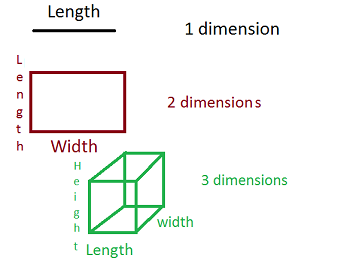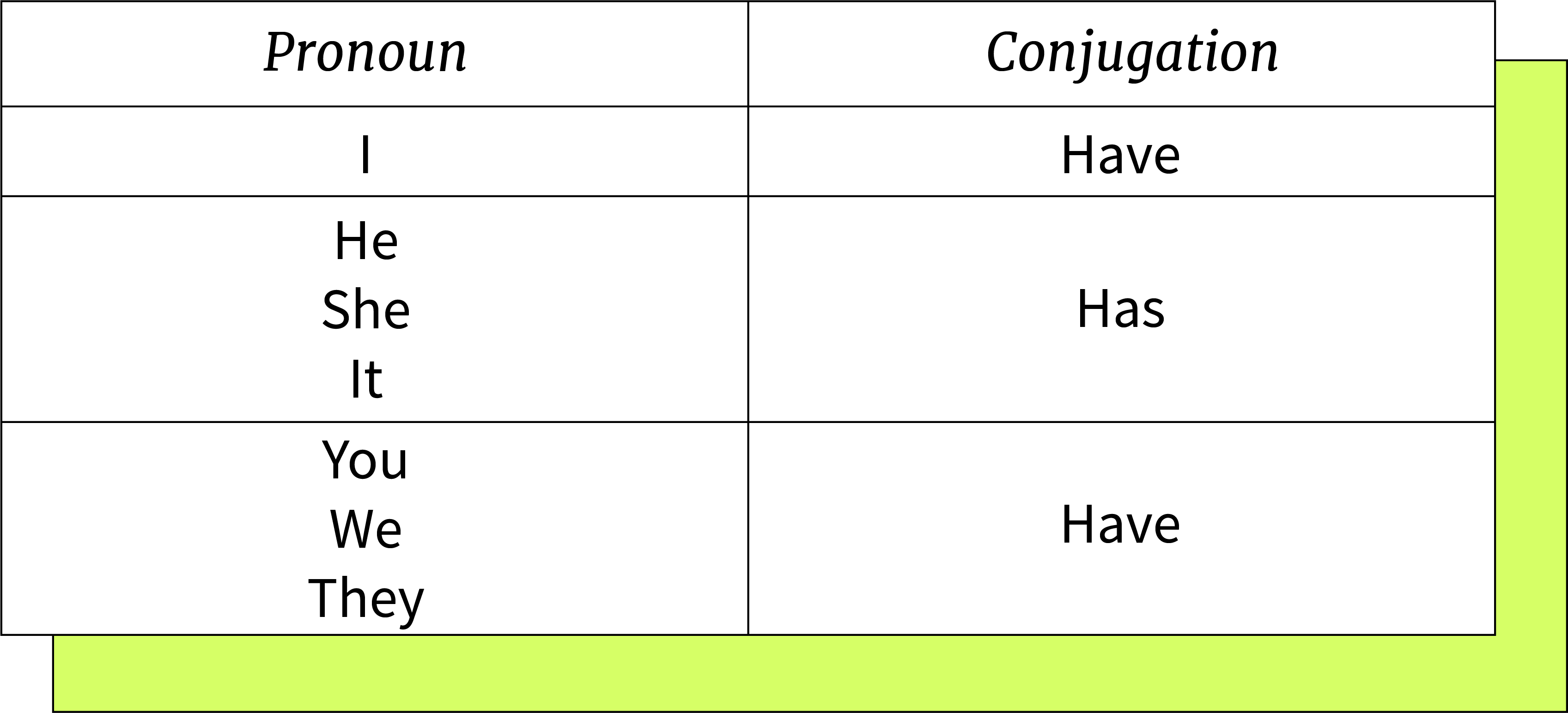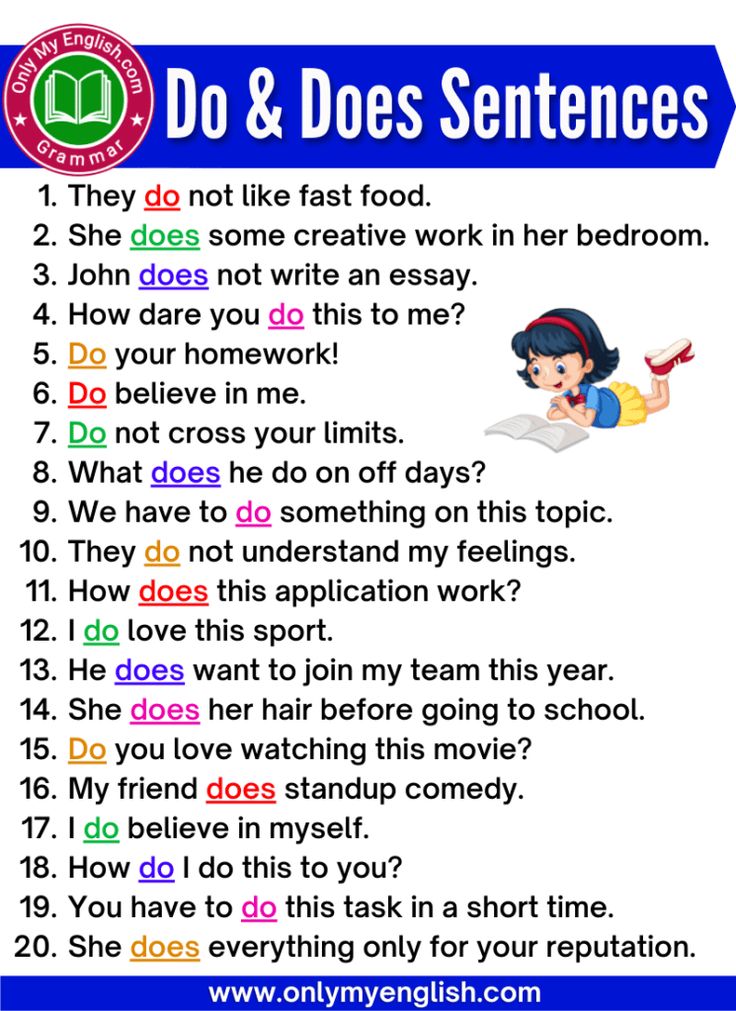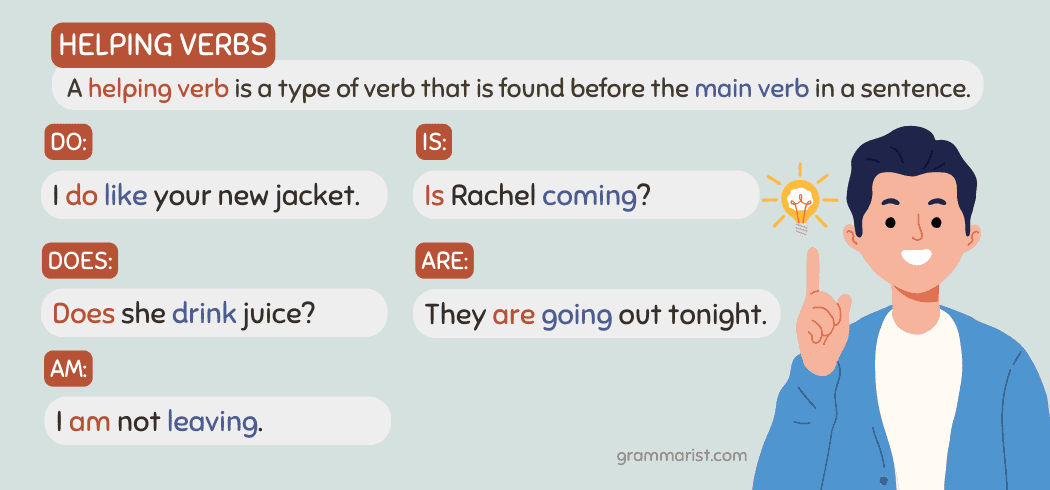Building a Solid Foundation: The Core of All Marketing Goals and Actions
Introduction: Why Marketing Foundations Matter
Every effective marketing initiative, whether it’s a social media campaign, a brand launch, or a lead generation effort, begins with a robust marketing foundation . This foundation is more than a set of tactics-it’s the strategic bedrock that determines how goals are set, actions are executed, and results are measured. Without it, marketing activities risk being disconnected, inefficient, and unaligned with business objectives. [1]

Source: marketing91.com
The Core Components of a Marketing Foundation
At its heart, a marketing foundation includes several critical elements:
- Marketing Strategy : Defines the company’s goals, target audience, positioning, and unique selling proposition (USP). It ensures every marketing action supports overarching business aims. [1]
- Market Research and Situation Analysis : Provides data-driven insights about customer needs, competitor landscape, and emerging trends. This research grounds decisions in reality rather than assumptions. [4]
- Mission Statement, Goals, and Objectives : Serves as a guiding principle for the brand, translating vision into specific, measurable targets. Actionable objectives ensure purposeful marketing. [4]
- Customer-Centricity : Anchors marketing in the needs and wants of customers, leveraging insights to create value and competitive differentiation. [5]
These components combine to form a solid base for all marketing activities, ensuring consistency, credibility, and adaptability.

Source: iedunote.com
Defining Marketing Goals: Aligning Strategy and Action
Effective marketing begins with clear, measurable goals. These goals should be:
- Rooted in business objectives, such as revenue growth, market expansion, or brand awareness.
- Translatable into actionable tactics, like increasing website traffic, capturing leads, or improving customer retention.
- Supported by specific metrics, allowing for ongoing performance evaluation and optimization. [2]
For example, a fitness brand aiming to “empower healthier lifestyles” might set goals to double market share in five years, open new stores, or boost app downloads by 20%. Each goal is directly linked to the brand’s mission and serves as a benchmark for success. [4]
From Foundation to Action: Step-by-Step Implementation
Building on a strong foundation, marketers can implement effective strategies using a systematic approach:
- Conduct Market Research : Use surveys, focus groups, and competitive analysis to gather insights into consumer behaviors and market trends.
- Define Target Audience : Segment the market to identify and prioritize the most promising customer groups. [1]
- Craft Brand Positioning : Articulate how your brand stands out and why it matters to your target audience.
- Set Goals and Metrics : Choose measurable objectives and establish key performance indicators (KPIs) to track progress. [2]
- Develop Tactical Plans : Outline the specific marketing channels, campaigns, and content that will deliver on your goals.
- Monitor and Optimize : Regularly review performance data, adjust strategies as needed, and remain agile to respond to market changes. [2]
For businesses starting out, consider these steps as an iterative cycle. Begin by researching your market and customer needs, then refine your approach as you learn what works best.
Case Studies: Real-World Applications
Many organizations have leveraged strong marketing foundations to achieve remarkable results:
- Enterprise Rent-A-Car identified a customer need for convenience and began delivering vehicles to homes and workplaces, differentiating itself from competitors and driving growth. [5]
- Disney responded to customer frustrations about long lines by introducing FastPass, enhancing satisfaction and boosting revenue. [5]
These examples demonstrate how a customer-focused foundation leads to innovative solutions and measurable business impact.
Ensuring Consistency and Credibility
One of the greatest strengths of a solid marketing foundation is its ability to foster consistent messaging and branding. When every campaign and communication is rooted in the same strategy, customers experience a coherent brand identity that builds trust and loyalty. [2]
Implementing brand guidelines and regularly training staff are practical steps to ensure consistency. For organizations managing multiple channels, use digital asset management tools to centralize messaging and visual assets.
Adapting to Market Changes
The market is always evolving. Trends shift, consumer preferences change, and new competitors enter the scene. A solid foundation isn’t rigid-it’s designed for flexibility. Businesses should regularly review their strategies, seek out new insights, and be prepared to pivot when necessary. [2]
For example, if data shows that sustainability is becoming a key concern for your audience, update your messaging and product offerings to reflect those values. This agility is only possible when your marketing foundation is well-established and regularly maintained.
Maximizing ROI and Minimizing Risks
Investing time and resources in building a robust marketing foundation ultimately leads to better returns on investment (ROI). It prevents wasted resources on ineffective campaigns, ensures that tactics are purposeful, and allows for smarter allocation of budgets. [2]
Businesses can maximize ROI by setting up regular review cycles, using analytics to measure outcomes, and being open to iterating strategies based on what works. If a campaign underperforms, use the foundational insights to diagnose and adjust quickly.
Step-by-Step Guidance for Building Your Marketing Foundation
Whether you’re launching a new brand or revitalizing an existing one, follow these detailed steps:
- Start with Research : Interview customers, analyze competitors, and use tools like Google Trends to identify market opportunities.
- Clarify Your Mission : Write a clear mission statement that guides every marketing decision.
- Set SMART Goals : Make goals Specific, Measurable, Achievable, Relevant, and Time-bound.
- Develop Buyer Personas : Build detailed profiles of your ideal customers to guide messaging and offers.
- Choose Metrics : Decide on the KPIs that will track your progress, such as conversion rate, cost per acquisition, or customer lifetime value.
- Implement and Adjust : Launch your campaigns, monitor the results, and refine your approach based on data.
If you need support, consider reaching out to reputable marketing agencies or consultants. You can find professionals by searching terms like “marketing strategy consulting” or “brand foundation services.” Many organizations provide free resources and guides on their official websites.
Alternative Approaches and Challenges
Not every business will build their marketing foundation in the same way. Some may prioritize digital channels first, while others invest in traditional advertising. The key is to ensure that all efforts stem from the same strategic base.
Common challenges include lack of clarity around goals, insufficient data, or misalignment between teams. Overcoming these obstacles requires regular communication, ongoing education, and a commitment to continuous improvement.
Key Takeaways
A well-defined marketing foundation is what provides the basis for all marketing goals and actions. It enables consistency, adaptability, and measurable success. Whether you’re a startup or an established enterprise, investing in this foundation is the first step toward sustainable growth and lasting impact. [1] [2] [4]
References
- [1] Simply CRM (2023). Strategic Moves: Building a Solid Marketing Foundation.
- [2] Hyve Marketing (2023). The Importance of a Solid Marketing Foundation.
- [3] AMA (2024). What is Strategic Marketing? Definition, Importance, and Key Components.
- [4] eCampusOntario (2011). Marketing Foundations and Strategy – Management of the Enterprise.
MORE FROM eboxgo.com













